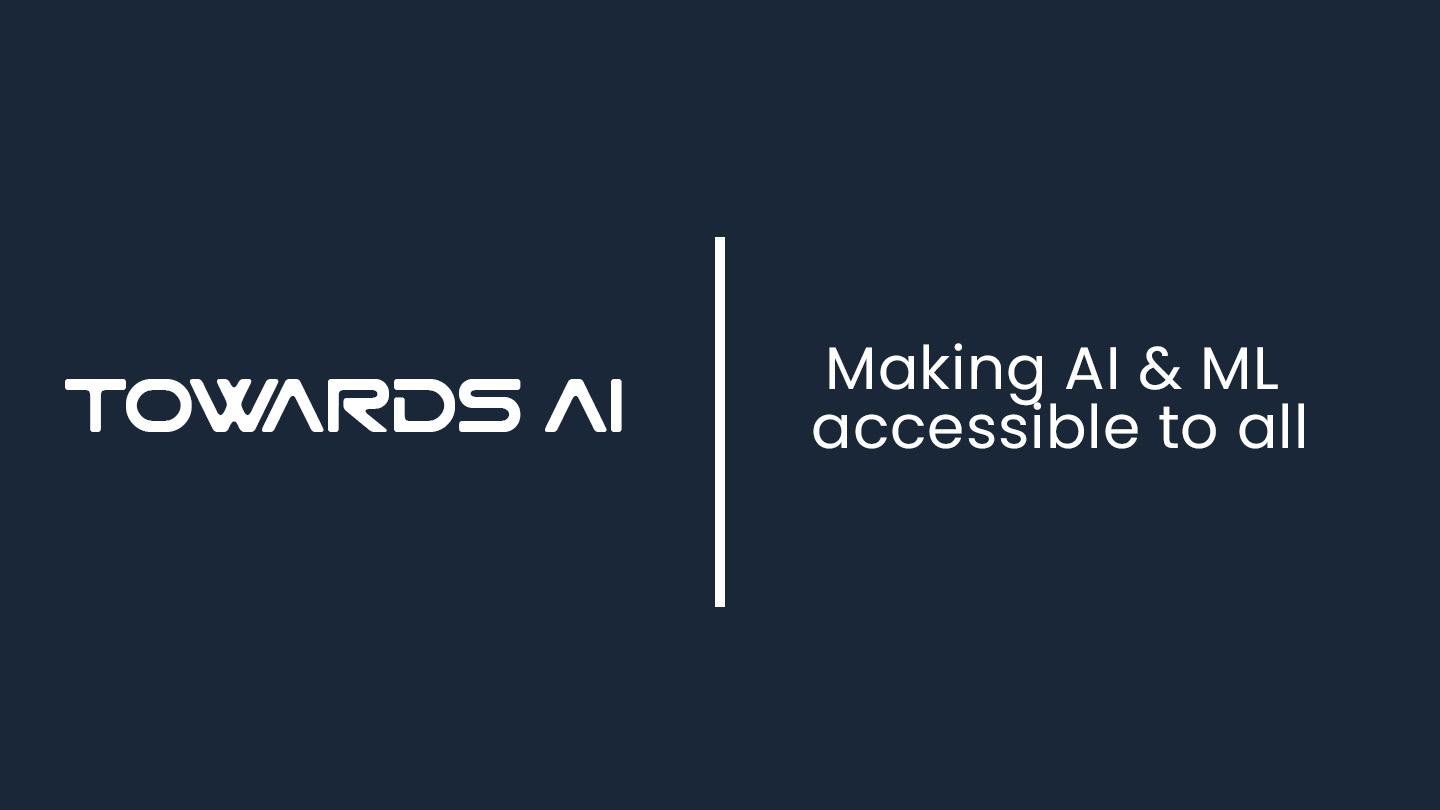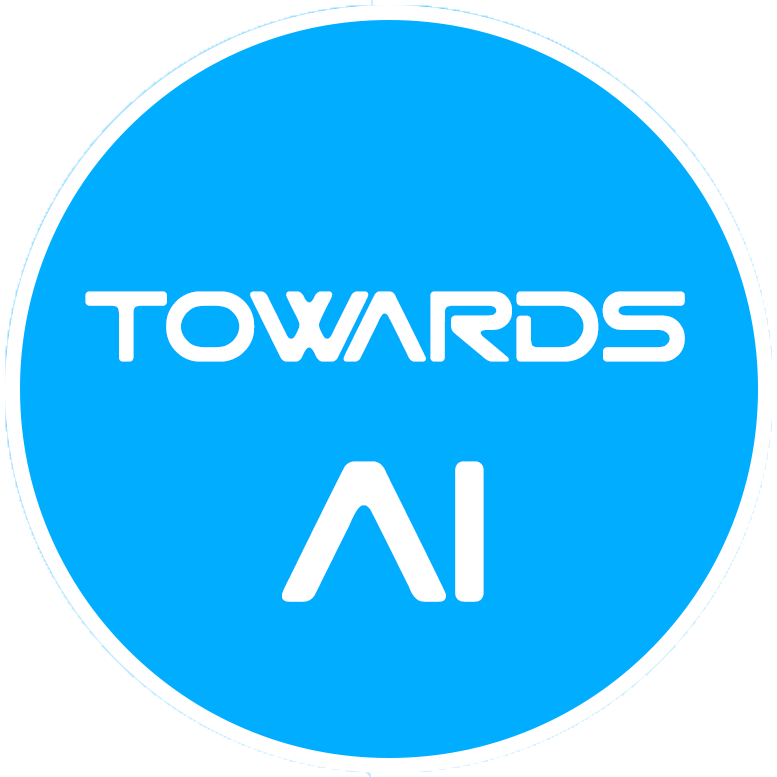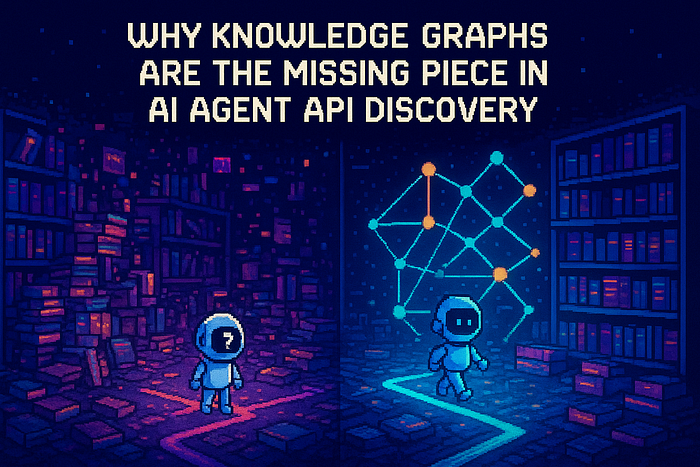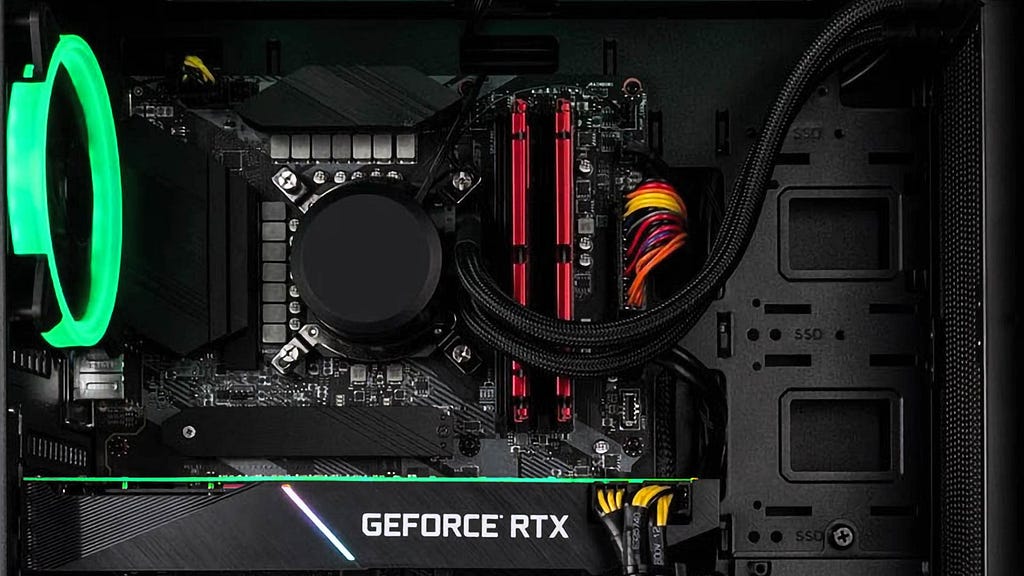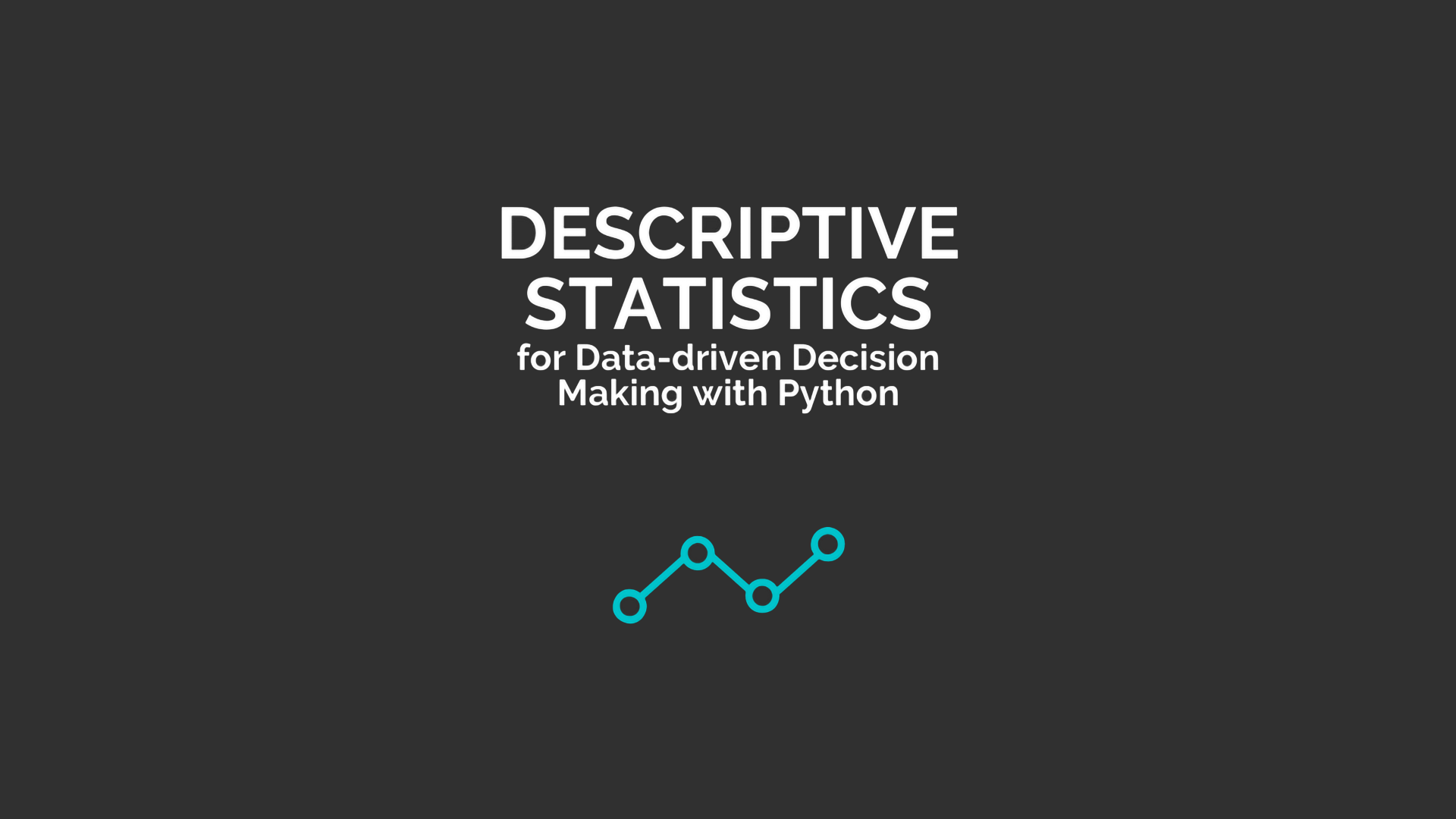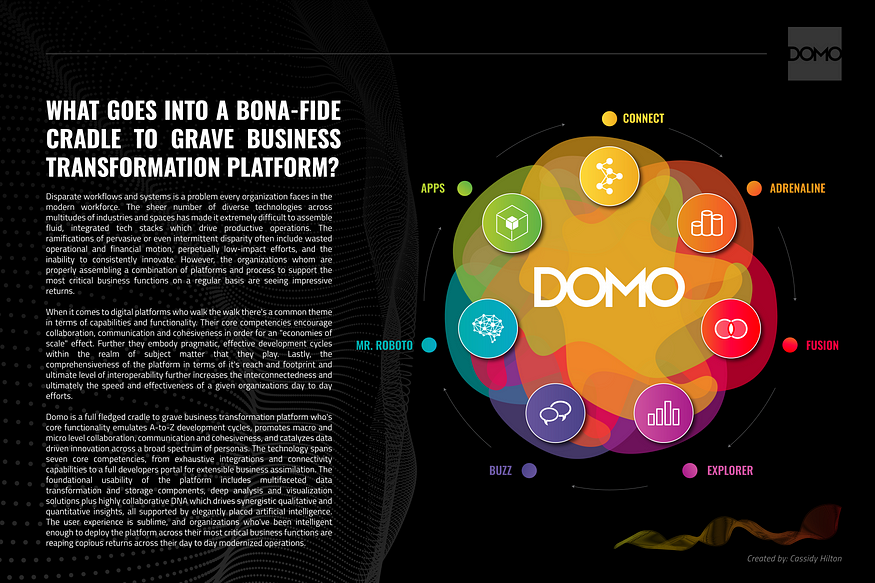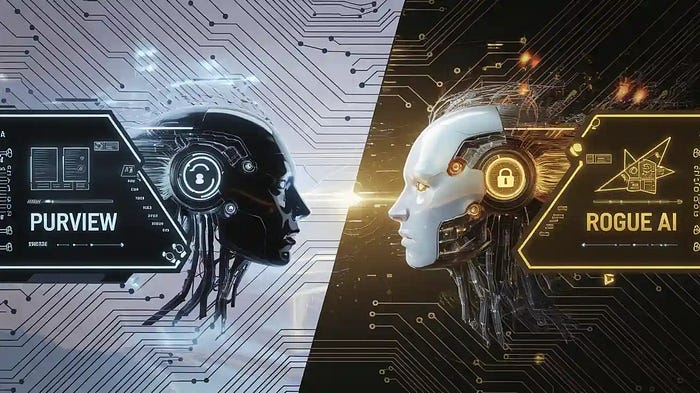
Model Context Protocol (MCP) Explained: From AI Integration Chaos to Seamless Connectivity
Last Updated on May 6, 2025 by Editorial Team
Author(s): Janahan Sivananthamoorthy
Originally published on Towards AI.

Hi there!If you are a member, just scroll and enjoy the post!Not a member? click the link here to enjoy the full article.
AI has moved beyond cool experiments and is now tackling real-world enterprise applications — but honestly, getting these different AI systems to work together can feel like navigating a complex maze. If you’ve tried connecting various AI agents lately, you’ve likely hit the wall: each model often demands its own unique connection to data and tools, creating a fragmented mess that vividly echoes the integration headaches of the early API days.
This very challenge — the growing pain of AI integration — is why the Model Context Protocol (MCP) is generating so much excitement in the AI community. Could this be the ‘API gateway’ moment we desperately need, finally enabling diverse AI agents to communicate and collaborate seamlessly? Let’s dive in and explore if MCP can truly untangle this complexity
Funny how history repeats itself in tech, isn’t it? About a decade ago, we were all tangled in micro service integration chaos. The problem? Getting countless independent services to talk to each other through one-off connections that quickly became nightmares to manage. Add supporting different frontend apps demanding… Read the full blog for free on Medium.
Join thousands of data leaders on the AI newsletter. Join over 80,000 subscribers and keep up to date with the latest developments in AI. From research to projects and ideas. If you are building an AI startup, an AI-related product, or a service, we invite you to consider becoming a sponsor.
Published via Towards AI
Take our 90+ lesson From Beginner to Advanced LLM Developer Certification: From choosing a project to deploying a working product this is the most comprehensive and practical LLM course out there!
Towards AI has published Building LLMs for Production—our 470+ page guide to mastering LLMs with practical projects and expert insights!

Discover Your Dream AI Career at Towards AI Jobs
Towards AI has built a jobs board tailored specifically to Machine Learning and Data Science Jobs and Skills. Our software searches for live AI jobs each hour, labels and categorises them and makes them easily searchable. Explore over 40,000 live jobs today with Towards AI Jobs!
Note: Content contains the views of the contributing authors and not Towards AI.

